Imagine stepping into a day that blends authentic Kenyan culture with a genuine look at urban resilience. This tour, offered by SHAGAMI KENYA TOURS AND SAFARIS, promises a compelling mix: a walk through Kibera, Africa’s largest urban slum, plus a vibrant showcase of Kenya’s cultural talents at Bomas of Kenya.
What we love about this experience is how it offers a real snapshot of life in Kibera, including its residents’ impressive craftsmanship, alongside the lively, colorful traditions of Kenya’s tribal dances and performances. Plus, the convenience of hotel pickup and drop-off makes it accessible for visitors eager for a meaningful day trip.
One thing to consider is that visiting a slum involves close contact with local residents, which might not be suitable for everyone sensitive to such environments. Also, the cost of $95 per person offers good value but does include optional guide fees at $30, so budget-conscious travelers should factor that in.
This tour suits travelers who are curious about Kenya beyond the safari parks—those interested in urban life, culture, and social issues will find it particularly engaging. It’s ideal for culturally curious visitors who want an immersive, honest experience that goes beyond the usual tourist spots.
Key Points
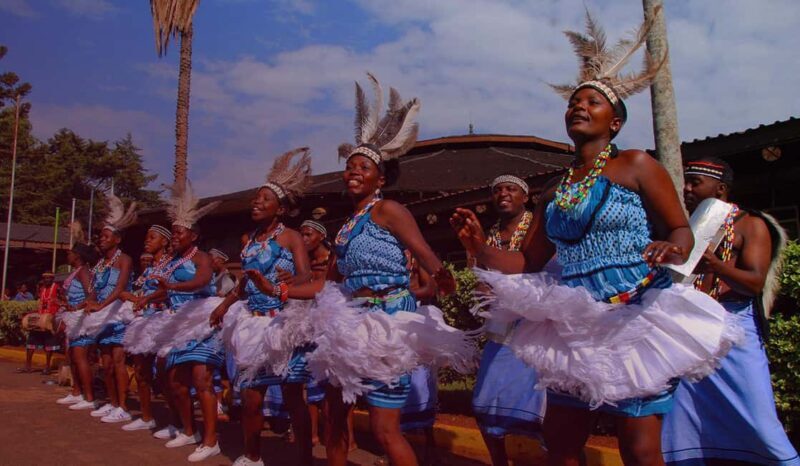
- Authentic Cultural Experience: Witness tribal dance, music, and poetry at Bomas of Kenya.
- Insight into Urban Life: Visit and interact with residents of Kibera, Africa’s largest slum.
- Craftsmanship and Innovation: See how locals craft ornaments from animal bones.
- Community Engagement: Visit nursery schools and see daily life in Kibera.
- Comfort and Convenience: Includes transportation, guide, and bottled water.
- Flexible Booking: Keep plans flexible with reservation and pay later options.
An Honest Look at the Itinerary
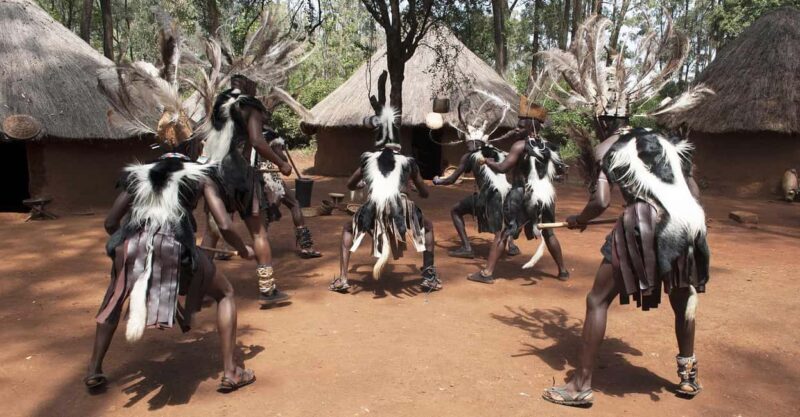
Into exploring Nairobi on foot? Check out these other walking experiences we've looked at
Starting with Kibera
The tour begins with a pick-up from your Nairobi hotel, which we found to be smooth and punctual. Traveling through Ngong Road, you’ll get a glimpse of Nairobi’s busy urban fabric. The guide, often a local familiar with Kibera, adds context, sharing insights into the area’s history and social dynamics.
Driving into Kibera, the atmosphere shifts dramatically. You’ll pass Soweto Village homesteads—small, tightly packed houses that tell stories of resilience and community. The guide emphasizes the importance of approaching this experience with sensitivity, as you’ll be mingling with residents during your walk.
One highlight is visiting the Curio Workshop, where Kibera residents craft jewelry and ornaments from animal bones. The craftsmanship here is surprisingly innovative, transforming limited resources into beautiful, marketable goods. As one reviewer noted, “Seeing how they turn bones into art was eye-opening, and you can buy souvenirs directly from the artisans.” This part of the tour not only supports local artisans but offers an authentic connection to their daily lives.
You’ll also visit a typical Kibera house—an intimate chance to ask residents about their routines and challenges. Many travelers appreciated this opportunity, with one commenting, “It felt like stepping into someone’s home, not just a sightseeing stop.” You’ll pass by water vendors and shower shops, which are essential aspects of urban living here.
Visiting Nursery Schools and Community Life
The tour’s focus on community is reinforced with visits to nursery schools, giving a face to the neighborhood’s future. It’s common to see children playing or being taught by local teachers, a reminder of the area’s resilience. Friendly encounters with residents, who often carry on chores or socialize openly, add layers of authenticity and humanity to the experience.
Transition to Bomas of Kenya
After returning to Nairobi, you’ll head to Bomas of Kenya, where a traditional lunch (at your own expense) sets the stage for an afternoon immersed in Kenyan culture. Many guests opt for a meal at Tamambo or similar venues, which are nearby and offer varied options.
The highlight is the daily tribal performance from 2:30 pm to 4 pm. Expect lively dance, rhythmic drumming, colorful costumes, poetry recitals, and theatrical acts. The performances are vibrant and energetic, showcasing Kenya’s diverse ethnic traditions. Reviewers have described the shows as “a real celebration of Kenyan talent,” with some noting the humor and lively atmosphere make it a fun afternoon escape.
More Great Tours NearbyFinal Moments and Reflection
After the cultural show, you’ll be transferred back to your hotel, often feeling enriched and inspired by the day’s contrasts—from the hustle and resilience of Kibera to the joyful expression at Bomas. The entire experience typically lasts around 6 to 8 hours, making it a full but manageable day.
What Makes This Tour Stand Out?
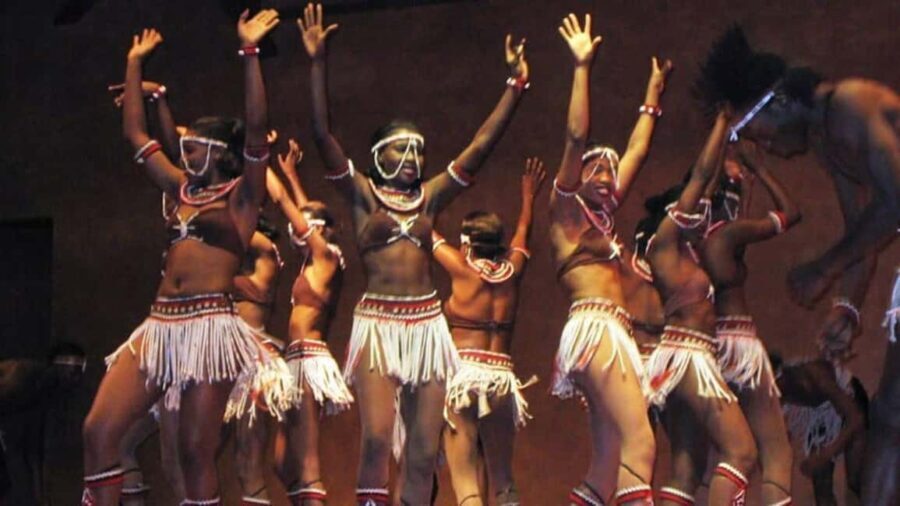
Combining Urban Reality with Cultural Entertainment
This tour’s strength lies in its balance: it offers an honest look at urban poverty while celebrating Kenyan culture. Visiting Kibera gives you insight into a side of Nairobi rarely seen in tourist brochures. Meanwhile, the cultural performances at Bomas provide a festive, engaging way to appreciate the country’s traditions.
Value for Money
At $95, including transportation, a guide, and bottled water, the tour is reasonably priced considering its scope. The optional $30 guide fee is worthwhile if you want a local to help interpret your experience, as many reviewers found that guides added valuable context and safety tips.
Authentic Encounters
Guests have highlighted that interactions with residents—whether in Kibera houses or at nursery schools—are genuine and memorable. You’re encouraged to ask questions, leading to a more personal understanding of the community’s realities.
Practical Tips
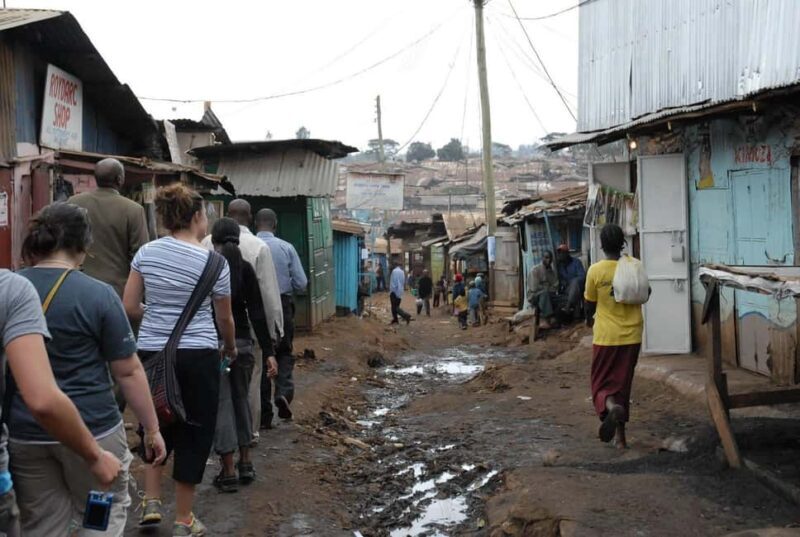
- Wear comfortable shoes suitable for walking and uneven surfaces.
- Dress modestly out of respect for local customs.
- Bring small amount of cash for souvenirs or tips—although most transactions are direct with artisans.
- Prepare for possible close contact; some areas may feel crowded.
- Consider the optional guide fee if you want more detailed insights.
The Sum Up
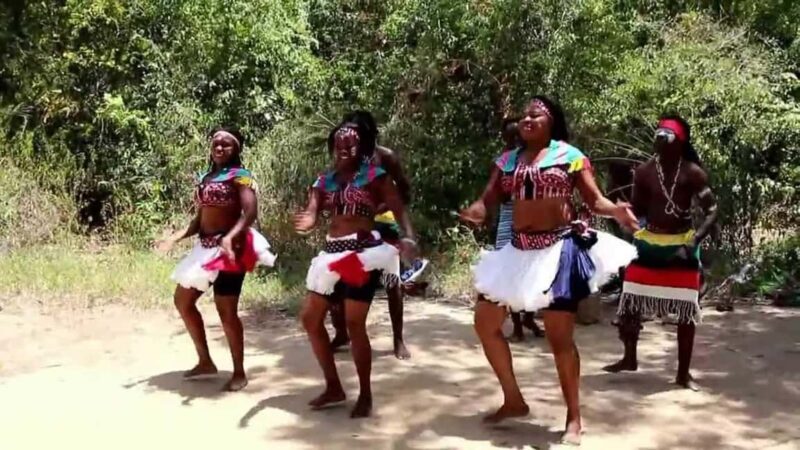
This tour offers more than just sightseeing; it’s a window into Kenya’s urban resilience, craftsmanship, and cultural diversity. It’s best suited for travelers eager to go beyond safari parks, those who want to understand the social fabric of Nairobi, and anyone curious about the everyday lives of its residents.
While it involves some raw and honest encounters, the experience is enriching and provides a meaningful perspective of Kenya’s vibrant spirit. Whether you’re interested in social issues, culture, or simply want a day filled with authentic stories and lively performances, this tour delivers on many levels.
If you’re looking for a balanced mix of social insight and cultural celebration within a single day, this tour is a compelling choice. It captures the resilience and creativity of Kibera’s residents and pairs it with Kenya’s rich tribal traditions, making it a well-rounded, memorable journey.
FAQ
Is hotel pickup and drop-off included in the tour?
Yes, transportation with pick-up and drop-off from your hotel or residence is included, making it convenient and hassle-free.
How much does the slum-guide fee cost?
The guide fee is an additional $30 per person, which many guests found worth paying for deeper insights and local guidance.
What should I wear on this tour?
Comfortable walking shoes and modest clothing are recommended. Since you’ll visit homes and community areas, dressing respectfully is appreciated.
Will I have opportunities to interact with residents?
Absolutely. The tour encourages questions and interactions, including visits inside a typical Kibera house and chats with local artisans and residents.
Is this tour suitable for children?
Most guests found it appropriate for older children and teenagers. However, parents should consider the environment and their children’s comfort with urban settings.
Can I buy souvenirs during the tour?
Yes, the curio workshop offers handcrafted items, often made from animal bones. Buying directly from artisans supports them and ensures authenticity.
How long does the entire tour last?
Expect around 6 to 8 hours, including travel, sightseeing, and cultural performances.
What is the benefit of booking in advance?
Booking keeps your plans flexible with a “reserve and pay later” option, and you can cancel up to 24 hours in advance for a full refund.
This Bomas of Kenya and Kibera Slums Walking Tour offers an eye-opening, culturally rich experience rooted in authenticity and community connection. Whether you’re passionate about social issues, interested in Kenyan traditions, or eager to see a side of Nairobi seldom depicted, it’s a day that will likely leave a lasting impression.
You can check availability for your dates here:More Safari Adventures in Nairobi
- 15 Days Spectacular Kenya, Tanzania Safari & Zanzibar Beach
- Nairobi: Amboseli National Park Overnight Safari Tour
- 8Days Luxury Flying Safari :Amboseli, Samburu And Masai Mara
- From Nairobi: 7 Days Masai Mara, Nakuru, and Amboseli Safari
- 20 Days Kenya & Tanzania Ultimate Safari with Zanzibar Beach
- From Nairobi: 8-Day Annual Wildebeest Migration Safari
More Tour Reviews in Nairobi
- Nairobi: Kibera Slum storytelling tour with a Local
- 15 Days Spectacular Kenya, Tanzania Safari & Zanzibar Beach
- Nairobi: Food Tour with Giraffe Centre and Elephant
- Nairobi: Karura Forest Guided Walking Tour
- Guided Tour: Elephant Orphanage and Giraffe Centre-Nairobi
- Layover Tour Elephant Project and Giraffe Center in Nairobi
Still browsing? Here are more Nairobi experiences we've covered recently
- Nairobi: Kibera Slum storytelling tour with a Local
- 15 Days Spectacular Kenya, Tanzania Safari & Zanzibar Beach
- Nairobi: Food Tour with Giraffe Centre and Elephant
- Nairobi: Karura Forest Guided Walking Tour
- Guided Tour: Elephant Orphanage and Giraffe Centre-Nairobi
- Layover Tour Elephant Project and Giraffe Center in Nairobi
- Nairobi National Park Sunrise or Sunset Game Drive Options
- Karura Forest: Walking tour with Nature and Waterfalls.
- Nairobi: Amboseli National Park & Maasai Village Day Tour
- Nairobi: Cooking Class with Kenyan and Indian Dishes
- Nairobi: Shooting Range Experience with Transfers
- Hell’s Gate National Park Day Trip With Baot Ride Tour
